New machine-learning model improves detection of HoFH
A newly developed machine-learning model using healthcare claims data has demonstrated high effectiveness in identifying patients with homozygous familial hypercholesterolemia (HoFH), according to a study.
Utilizing claims data from the Komodo Healthcare Map database, researchers created a model to identify potential patients with HoFH more effectively.
The study involved a cohort of 331 confirmed patients from the MyRARE support program, which includes those prescribed evinacumab-dgnb. This was compared to a negative cohort of 1423 patients with or at risk for cardiovascular disease. The researchers explored 10,616 candidate features, selecting 87 based on their clinical relevance and predictive power.
The final model employed fast interpretable greedy-tree sums, chosen for its high performance and ease of interpretation. It demonstrated a precision of 0.98, recall of 0.88, an area under the receiver operating characteristic curve of 0.98, and an accuracy of 0.97. These results highlight the model’s effectiveness in screening for HoFH using healthcare claims data.
The researchers concluded this may be a useful tool in facilitating HoFH screening and diagnosing.
Reference
Gu J, Epland M, Ma X, et al. A machine-learning algorithm using claims data to identify patients with homozygous familial hypercholesterolemia. Sci Rep. 2024;14(1):8890. doi: 10.1038/s41598-024-58719-y. PMID: 38632285; PMCID: PMC11024086.

